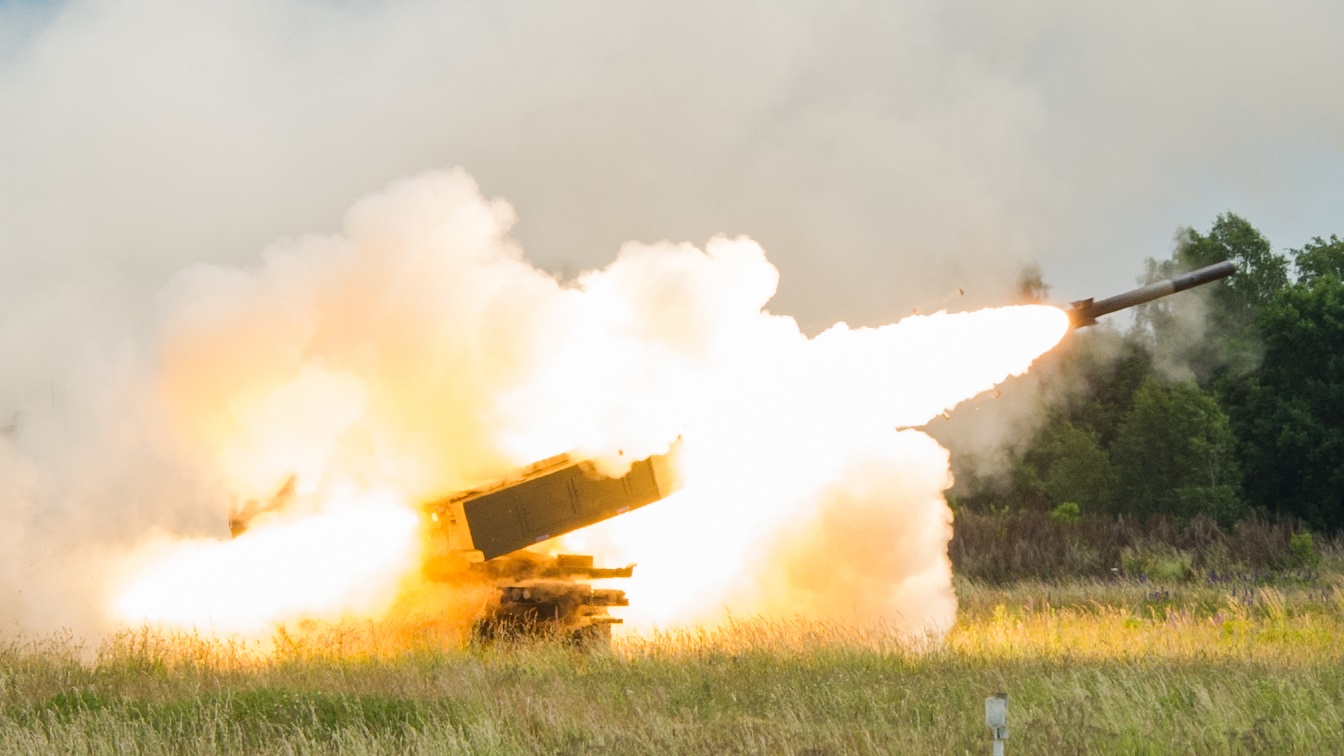Besides the upcoming Ukrainian counteroffensive, the Russian military has to deal with Ukrainian attacks behind its lines.
On day 434 of the war in Ukraine, the Russian forces are trying to deal with the nightmare of Ukrainian attacks on their logistical nodes.
Russian Logistics and Ukrainian Attacks
In the past three days, three Russian oil refineries and fuel depots have been attacked and damaged to a large degree.
The Russian logistical nodes were located in and around the Crimean Peninsula, a likely target of the upcoming Ukrainian counteroffensive. Two of the attacks involved Ukrainian suicide drones.
“The disruption to the fuel storage and distribution network will likely force adjustments to Russia’s military refuelling operations to mitigate targeting,” the British Military Intelligence assessed in its latest estimate of the war.
By losing ground because of the Ukrainian counteroffensive in the fall, the Russian forces came closer to their lines of supply. Generally, this is a good thing because less time is required to reach frontline units with fuel and ammunition.
But Ukrainian long-range fires, such as the M142 High Mobility Artillery Rocket System (HIMARS) and the M270 Multiple Launch Rocket System (MLRS), prevent the Russians from moving their logistical nodes close to the frontlines. So, the Russian advantage that comes by being closer to the line of supply is somewhat negated.
“Russian adjustments could include deploying additional protection measures at fuel storage sites, as seen in Tuaspe in Russia, or relying on infrastructure in less threatened regions,” the British Military Intelligence added.
At the end of the day, logistics for the Russian forces on the frontlines will become harder. And that is precisely the objective of the Ukrainian forces.
By attacking logistical nodes, the Ukrainians are forcing the Russian forces to push their key logistical functions, such as fuel depots and ammunition dumps, further back. But that makes it harder for the Russian units on the frontlines to get resupplied. Indeed, the Russian military is largely a force that relies on human labor.
For example, the Russians don’t use cranes or forklifts to load or unload their ammunition, but rather they do it by hand. That takes time and effort, and it makes it harder for frontline units to be resupplied.
Russian Casualties in Ukraine
The Russian forces continue to take significant casualties on the ground in Ukraine. The downward trend in losses seems to have stopped. Over the past 48 hours, the Russian forces lost close to 1,000 men killed or wounded, around a 20 percent increase from previous days.
Overall, the Ukrainian Ministry of Defense claimed that as of Thursday, Ukrainian forces have killed and wounded approximately 192,590 Russian troops, destroyed 308 fighter, attack, bomber, and transport jets, 294 attack and transport helicopters, 3,707 tanks, 2,962 artillery pieces, 7,216 armored personnel carriers and infantry fighting vehicles, 547 Multiple Launch Rocket Systems (MLRS), 18 boats and cutters, 5,886 vehicles and fuel tanks, 304 anti-aircraft batteries, 2,523 tactical unmanned aerial systems, 370 special equipment platforms, such as bridging vehicles, and four mobile Iskander ballistic missile systems, and 947 cruise missiles shot down by the Ukrainian air defenses.
MORE: Why Putin Fears the M1 Abrams Tank
MORE: I Went to War in the Leopard 2 Tank Ukraine Wants
A 19FortyFive Defense and National Security Columnist, Stavros Atlamazoglou is a seasoned defense journalist specializing in special operations, a Hellenic Army veteran (national service with the 575th Marine Battalion and Army HQ), and a Johns Hopkins University graduate. His work has been featured in Business Insider, Sandboxx, and SOFREP.

